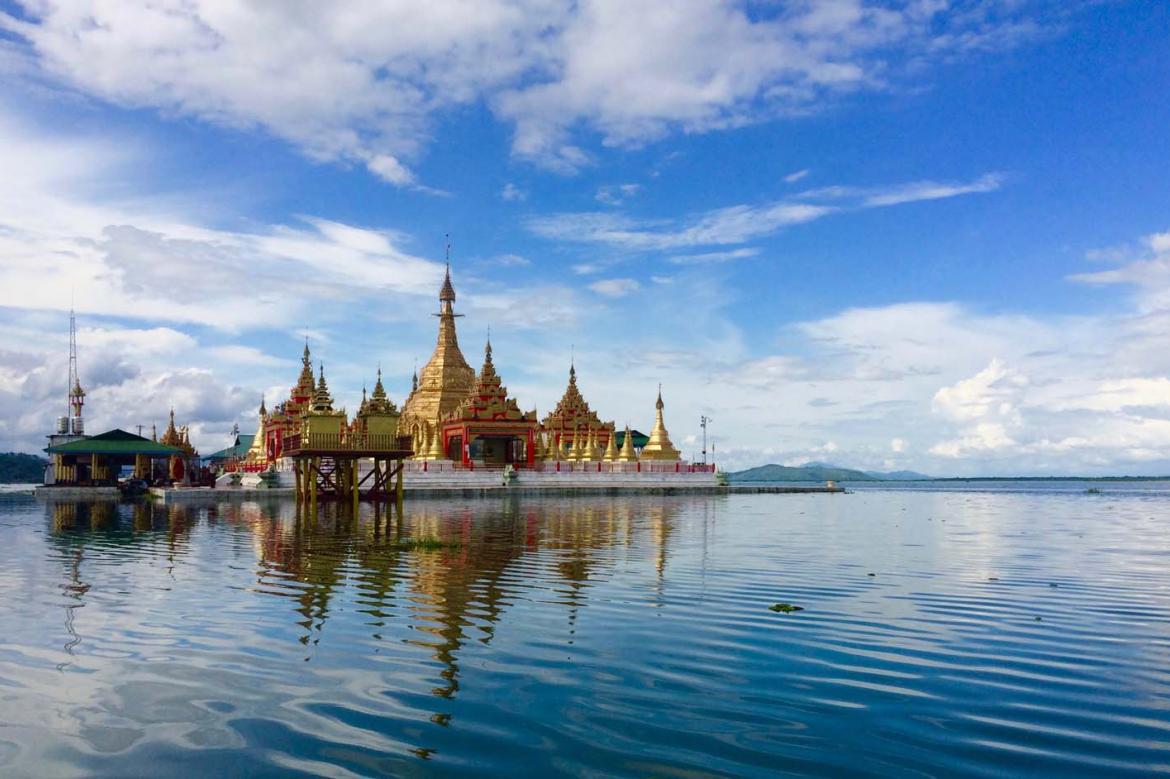theculpritandthecure.com – Kachin State, nestled in the northernmost part of Myanmar, is a region of stunning natural beauty and rich cultural heritage. Its diverse landscapes, ranging from snow-capped mountains to lush rainforests, have captivated travelers and explorers for centuries. However, the state’s history is also marked by decades of conflict between the Kachin Independence Army (KIA) and the Myanmar military, casting a shadow over its potential.
Natural Wonders
Kachin State boasts some of Myanmar’s most awe-inspiring natural wonders. Hkakabo Razi, the highest peak in Southeast Asia, towers over the landscape, offering breathtaking views for those adventurous enough to attempt its summit. Indawgyi Lake, the largest inland lake in Myanmar, is a haven for birdwatchers and nature lovers, teeming with diverse wildlife. The state’s pristine rivers and waterfalls, such as the majestic Mansi Falls, offer opportunities for white-water rafting and swimming.
Cultural Heritage
The Kachin people, one of Myanmar’s many ethnic groups, have a unique culture and traditions that have been passed down through generations. Their vibrant festivals, colorful attire, and intricate handicrafts reflect their deep connection to the land. The state’s numerous Buddhist pagodas and monasteries, such as the Shwegu Myitzu Pagoda, are testaments to the region’s religious heritage.
Conflict and Displacement
Despite its natural beauty and cultural richness, Kachin State has been plagued by conflict for decades. The KIA, a rebel group fighting for greater autonomy, has been engaged in an armed struggle with the Myanmar military since the 1960s. The conflict has led to widespread displacement, with thousands of Kachin people forced to flee their homes and seek refuge in neighboring countries or internally displaced person (IDP) camps within Myanmar.
The ongoing conflict has also had a devastating impact on the state’s economy and infrastructure. Many areas remain inaccessible due to the fighting, hindering development and limiting opportunities for the local population. The humanitarian crisis in Kachin State is dire, with urgent needs for food, shelter, and medical care.
A Hope for Peace
Despite the challenges, there is hope for a peaceful future for Kachin State. Recent years have seen increased efforts by the international community to mediate a resolution to the conflict. Civil society organizations are also working tirelessly to provide humanitarian aid and support to those affected by the violence. The Kachin people, with their resilience and unwavering spirit, continue to strive for a better future, one where they can live in peace and harmony with their neighbors.
Conclusion
Kachin State is a land of extraordinary beauty and cultural diversity. However, the ongoing conflict has cast a shadow over its potential. The international community must continue to support efforts to achieve a lasting peace in the region. By working together, we can help create a future where the people of Kachin State can live in peace and prosperity.
